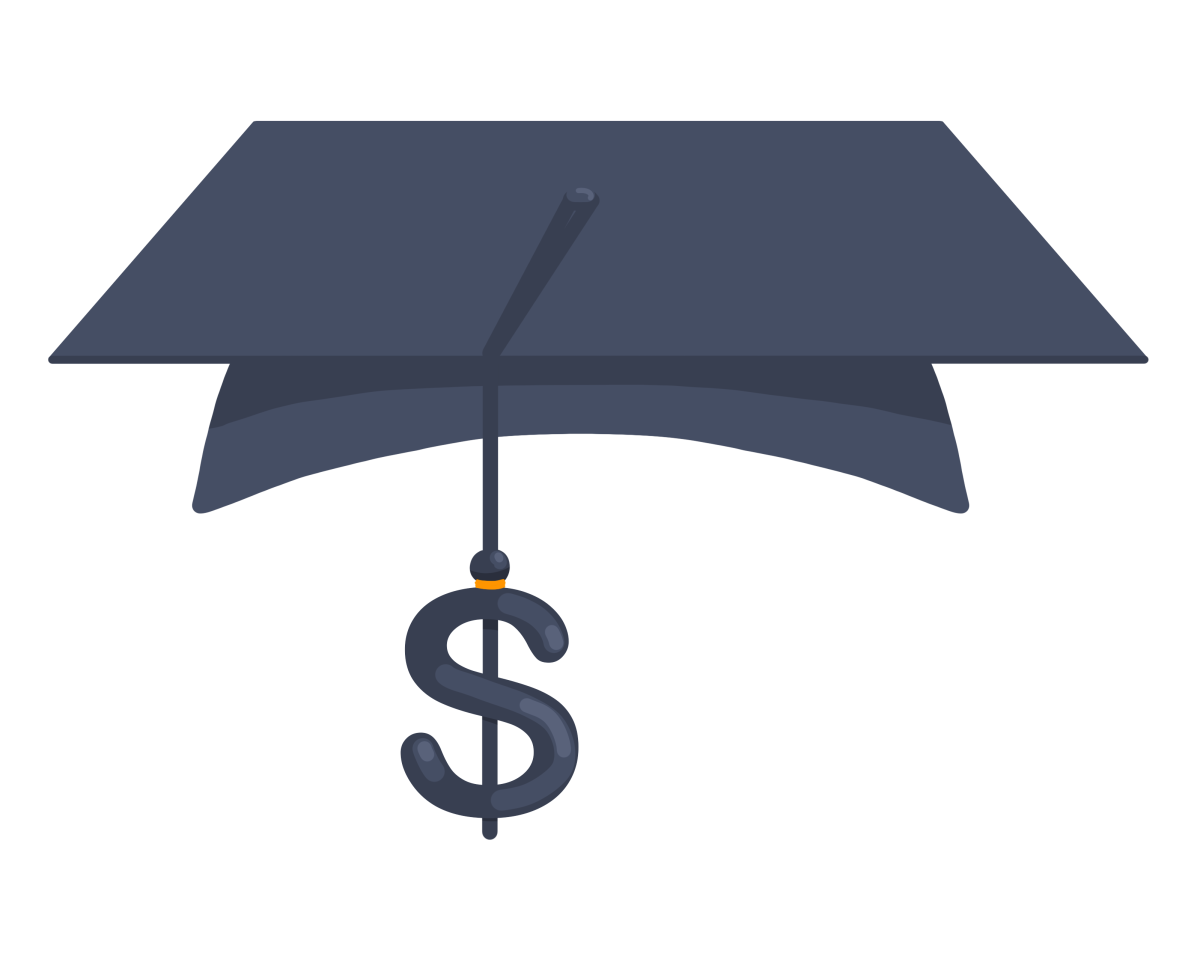It won’t come as a surprise to anyone that tuition is expensive. The question is, where exactly does tuition money go? Charles Maimone, the vice chancellor for finance and administration at NC State, allots tuition to the cost of instruction.
According to Maimone, North Carolina has a lot of state appropriations that go toward the cost of attending the school. State appropriations are funds that come from taxes and contribute to public colleges and universities.
“The state actually supports a large portion of the requirements for instruction at state universities,” Maimone said. “The cost that it takes to take courses and get a degree is split between student tuition and state appropriations.”
Because North Carolina’s state appropriations fund a lot of the cost of college, Maimone said students are paying about 30-40% of what it actually costs to attend. This does differ between in-state and out-of-state students, as well as undergraduate and graduate students.
Tuition is mostly focused on instruction and instructional support services, according to Maimone. Student tuition covers the cost to take a class, support services such as tutoring or academic advising as well as a portion of faculty salaries.
“The use of those funds are around instruction, instructional support and administrative costs the University has for managing the academic engine,” Maimone said. “Faculty salaries, utilities, classroom technology and those things go into instruction.”
When students pay tuition, they might notice extra fees. These fees associated with tuition go toward non-academic campus costs, such as campus activities, which is different from tuition and academic costs.
“What students pay is tuition and fees, those are two different costs,” Maimone said. “The fees are the area where activities, programs and events are paid for.”
Miles Calzini, a Ph.D. candidate and student senate president, sits on the Board Tuition Review Advisory Committee and is co-chair for the University Fee Advisory Committee. He explained tuition goes toward anything academic, while fees go toward non-academic activities.
“Tuition is for financial aid and academic things, and fees are for everything that is non-academic, even if it is an essential service,” Calzini said. “Most things you interact with outside of the classroom are fee-funded, and some things in the classroom like tech-stuff.”
According to Calzini, fees cover student health, counseling and even some entire building construction. For example, the loan for and the operation of Talley Student Union is funded by fees.
“That is a political choice,” Calzini said. “North Carolina has it set up this way, some states have more things under tuition rather than fees. The breakdown is state-dependent, but here at NC State, that breakdown is very clear.”
A question many students have is why out-of-state tuition is so much higher than in-state tuition. This is because the state appropriations support North Carolina residents, so out-of-state students pay the full cost of tuition without that support.
“Tuition plays the same role for out-of-state students, but they are paying the full requirement,” Maimone. “The state doesn’t actually support out-of-state students’ cost of attendance, so they pay the actual full cost of education.”
Maimone said resident students are guaranteed the tuition they pay when committing to the University, so tuition increases do not affect undergraduate in-state students after enrolling.
“Tuition increases have to be proposed and approved, so there is a committee on campus that determines how increases would be used before deciding to increase or not,” Maimone said.
When tuition increases occur, the increase goes toward several aspects, such as financial aid, faculty promotions, money for graduate students and improving quality and accessibility of instruction.
To find more information about student tuition and fees, click here.








